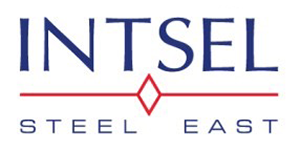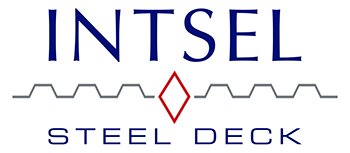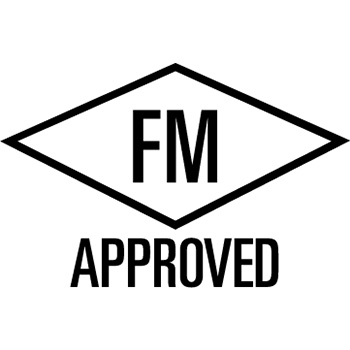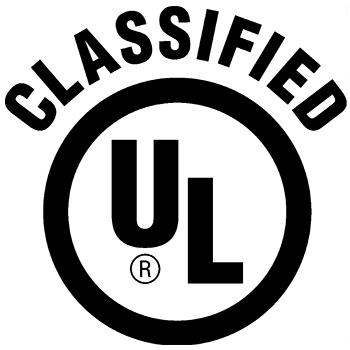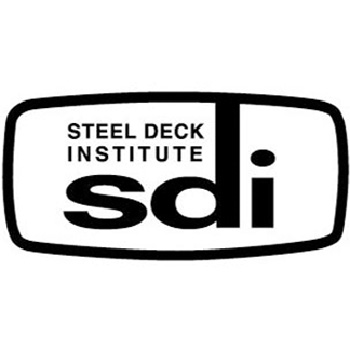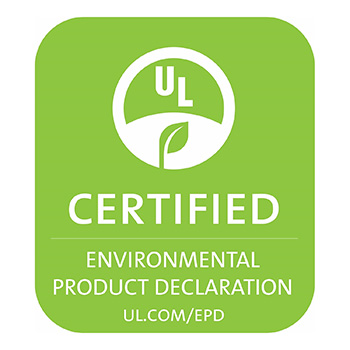The Different Types Of Structural Steel
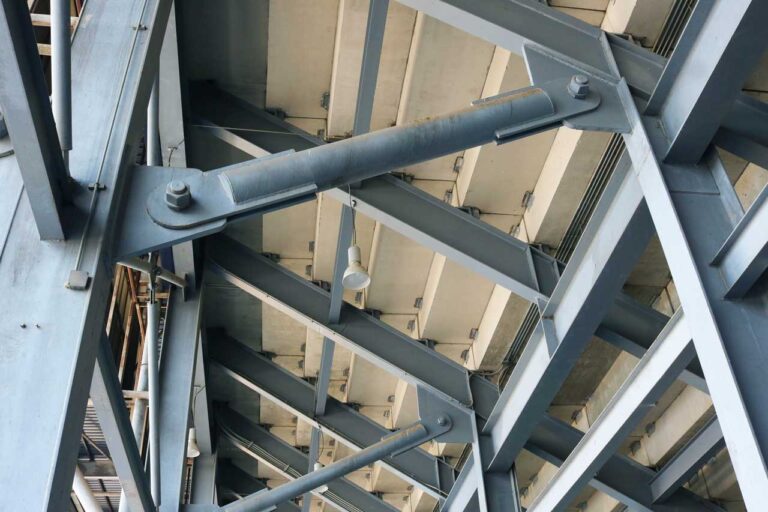
Steel is one of the sturdiest and most reliable metals that we know. With its powerful composure, longevity, and ability to be crafted into various shapes, there’s no end to what you can accomplish with the power of steel on your side.
You may not realize it every time you drive, use, build, or are located anywhere around it, but structural steel has four basic but different types. Each structure of steel type offers different levels of versatility and flexibility. Not only that, but structural steel also has many different structural shapes and best-use criteria.
That’s why it’s essential to know and understand the different structural steel types. That way, you can make a quality difference in your next project.
Structural Steel Types
When you seek premium carbon steel structures or just want to use an ornamental steel plate product as a finishing touch, you need a premium product. More importantly, you need a reputable structural steel supplier that is knowledgeable and provides premium products. One of the best structural steel product suppliers has almost 200 years of service and dedicates itself to providing stellar customer service.
Every structural steel type has a repertoire of various components, structures, uses, and benefits. It’s important to understand that structural steel interplays’ potential abilities and will often depend on the shape, size, and intended use. The four basic and core types of steel are explained below.
Structural Steel Types of Materials
There are various types of structural steel materials that can be used to create structural steel. Some of the more popular materials include:
Carbon Steel: One of the most popular types of steel, carbon steel is made without any additional alloying elements and has a low carbon content.
High Strength Low Alloy Steel: These metals are designed to have better corrosion resistance and contain various alloy properties.
Forged Steel: As the name implies, forged steel is made from shaping the metal while it’s in its solid state, much like how blacksmiths shaped metals in the past.
Structural Steel Guide
Steel has no exact substitute. Steel is a unique material that has no equal, especially when it comes to construction. There’s just no other product or material that can come close to it in potency or durability. That’s why most construction buildings use various structural steel frames to give them versatility, support, and strength.
The Types of Steel
If you have an upcoming project or need steel for a particular need, the below information will help guide you. Each one of the below types of steel has its own chemical structure and use.
1. Alloy Steel
Alloy steel is made up of various metals and is considered to be one of the most affordable. It does resist corrosion, but its strength is based on the different other metals that are in it. Most of the time, those elements are nickel, copper, and aluminum.
Most of the time, alloy steel is used in compressor colts, fan shafts, gears, pump shafts, and more similar parts.
2. Stainless Steel
Almost everyone knows about stainless steel, as this is the most used and most common type of steel. Stainless steel usually contains up to 20% chromium, which is the alloy material within it. Stainless steel is almost always resistant to corrosion.
Stainless steel is moldable and used in surgical practice equipment, silverware, and even outside cladding on industrial buildings. The trick with stainless steel is determining which of the 1000 grades of steel you want. That’s because it can almost always be customized to your needs.
3. Carbon Steel
Carbon steel may lack shine, but it has three different variations you may want to consider. The three variations include a low, medium, and high carbon steel composition substrate. In fact, carbon steel is so popular it makes up about 90 percent of all steel production.
What that means in practical terms is that low-carbon steel has about .30 percent of carbon. Medium carbon steel has about .60 percent of carbon. High carbon steel has about 1.5 percentage of carbon.
Carbon steel is often used in automotive parts and kitchen devices because of its strength.
4. Tool Steel
Tool steel is strong, hard, and often used for hammers or any other metal tool type. Most of the time, tool steel has components of tungsten, cobalt, and other such composition material. What’s more, the tool steel is very heat resistant and has versatility and durability that’s hard to beat.
5. High-Strength Low-Alloy Steels
High-strength low-alloy (HSLA) steel is often chosen over carbon steel as it has excellent mechanical properties and high corrosion resistance. One thing that makes HSLA steel different from other types of structural steel is its design purpose.
Most steels are made to meet specific chemical compositions. HSLA steel is instead made to meet mechanical properties.
As the name suggests, it has low levels of alloying elements. The elements that it contains often include vanadium, titanium, manganese, boron, and molybdenum. They can be added individually or in combination to achieve different characteristics.
HSLA steels are particularly resistant to atmospheric corrosion. The most common applications are in structural shapes and plates.
6. Forged Steels
Forged steel is a type that has been pressed or hammered into a desired shape. This process is known as forging, and it results in steel that’s usually stronger and more durable than other types.
The forging process involves heating the steel to make it more malleable. It’s then possible to shape it by applying pressure.
When thermal and mechanical energy are applied to steel ingots or billets, the steel deforms into the desired shape. This approach is often used to produce gears, shafts, valves, bearings, hinges, and other components.
7. Quenched and Tempered Alloy Steels
These steels are ones that have gone through a specific heat treatment process. It results in strong, hard, and tough steel.
The quenching process starts by heating the steel to a high temperature, and it’s then cooled rapidly in a liquid such as oil or water. This produces a hard martensitic microstructure.
Tempering involves reheating this steel (though to a lower temperature) and allowing it to cool slowly. This softens the structure so that it becomes more ductile.
Quenched and tempered alloy steel is a common choice for building construction. They’re also often used for shafts/bolts and within the mining industry.
The Types of Structural Steel
The types of structural steel are drawn down from the category of steel listed above. These different types of structural steel can be used for many different purposes, depending on many variables. However, most structural steel is used for construction purposes. There are various types of structural steel shapes and purposes.
The Shapes of Structural Steel
There are many different shapes of structural steel. Each shape has different uses and benefits. The variety of shapes for structural steel include but aren’t limited to:
- Channel or C-Shape
- Angle or L-Shape
- Plate
- I-Beam
- Tee-Shape
- Bearing Shape or H-Shape
- Hollow Steel Section
There are more, but these are the most common. The following section discusses these shapes in more detail.
Channel or C-Shape
Channel or C-shaped members of steel are some of the most common. These members are useful in many different industries, including solar, construction, transportation, and even agriculture. C-shaped parts are made from hot-rolled steel and offer a lot of strength and integrity for construction.
Angle or L-Shape
These parts are so named because they are shaped like the letter “L.” These members are perfect when used as connection members. Most commonly, these members are used as a connection between “I” pieces and other steel stapes. L-shaped members provide high structural capacity and help with resistance to bolt shear. You can place L-shaped members back-to-back, creating a “T” shape, as well.
Plate
A steel plate is a sheet of steel and is very versatile. It can be cut and shaped in many sizes to accommodate many different projects. These are commonly used for strengthening the foundations of a building. Steel plates help hold a lot of weight and are often used on bridges for this reason. They help make a good base for constructing buildings and are resistant to corrosion and abrasion. These are often used in constructing high rises, stadiums, bridges, and even heavy machinery.
I-Beam
“I” shaped steel members resemble the letter “I.” I-shaped members are used for many types of load combinations. The only one they are not used for is pure rotation. I-shaped members are great for resisting flexure and compressions. They also help conserve structural steel compared with other shapes. These are versatile members and are the best for structural design. They also have good compatibility with other members.
Tee-Shape
These members are shaped like the letter “T.” T-shaped members can be used similarly to the I-shaped members, which means they can be used in many different applications. Most commonly, they are used as connection members between I-shapes and other shapes. T-shaped members are also a perfect substitution for I-shaped members.
Bearing Shape or H-Shape
These members are called so because of their resemblance to the letter “H.” They consist of 3 pieces of steel that come together in the form of an “H.” These members serve a similar function to the I-shaped members, but there are a few differences. They are usually heavier than an I-shape and are thicker in the center web, also. They can also take on more force because of this.
Hollow Steel Section
Hollow steel sections are welded steel tubes that are hollow in the center. These pieces are used in buildings, bridges, and other large steel structures. They can be round, square, or rectangular. These are very common and perfect for many different applications. They are also used in manufacturing. These use less steel than other shapes and are the perfect way to save on costs.
It is the category that the structured steel is used for that makes for its shape. They are almost always very stiff and robust and will withstand some enormous loads without sagging. Ideally, they also can withstand heat treatments.
The Shapes of Structural Beams
There are also a lot of different shapes that your structural steel can take. As this material is often used for steel framing, most differences involve modifying the shape for a unique location or task. Here are a few of the options you have to choose from:
American Standard Beam: This beam is commonplace in North America and comes with a rolled section and two parallel flanges.
Angle-Shaped Beam: The angle-shaped beam is shaped in an L-shape to create a 90-degree angle. They are commonly used for floor systems.
Bearing Pile Beam: These H-shaped beams are perfect for those structures built on a shallow foundation. With bearing pile beams, you can create a deep foundation system and utilize the beam structure to transfer and balance the load.
Project-Driven Approach for Steel Shapes and Use
The best steel supply companies will be above to give you high tensile strength steel if you need it for a significant construction project. They will also be able to provide you with steel shapes that come with joists, beams, bars, angles, and more. You need your steel supplier to be able to be quick, efficient, and versatile.
You also want them to be budget-friendly to your business or project. The various yields of strength grades in the structural steel range from 195 to 960 megapascal (MPa). But the mass and weight density can be 8.0 g/cc.
Every type of structural steel contains various components or alloys. Some structural steel products only have iron and carbon. Some structural steel products have Aluminum, Chromium, Phosphorus & Sulfur, and other types of alloys.
The Right Structural Steel
The type of structural steel that is right for your project is the one that fits your needs best. Structural steel product solutions depend on the type of steel, the structural steel types, the supply chain, and the inventory of where you make the purchase. When it’s time to get the right structural steel type for your project, reach out to Bushwick Metals.
Bushwick Metals has almost two hundred years of experience, which helps give them superb and expert customer service. They will coordinate what you need when you need it to meet your timeline. Bushwick Metals has been in business for so long because they know how to provide the quality you need and the logistics you want at a price you can afford.
That’s why with one phone call or click, you can speak to a friendly and knowledgeable customer service representative today. By facilitating what structured steel products you need today, your project’s tomorrow is already assured. Make sure to check out our site to see what we have to offer you, or reach out to us to receive a free quote. We can’t wait for the chance to serve you!
